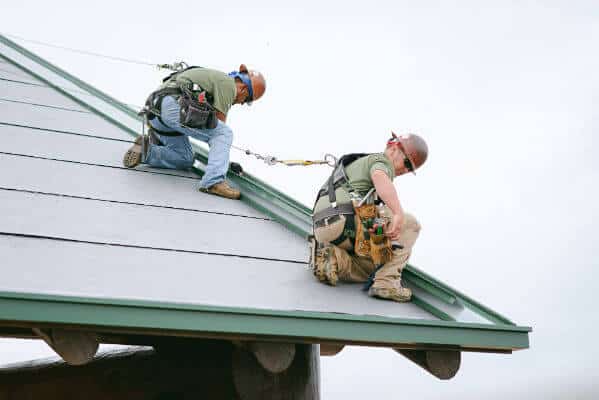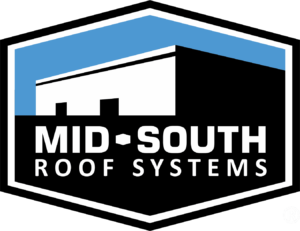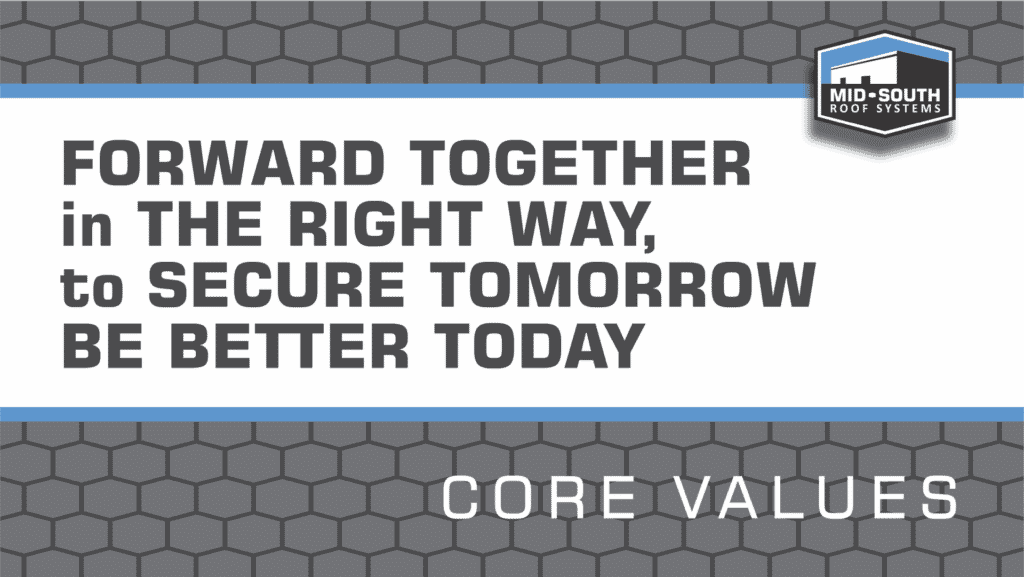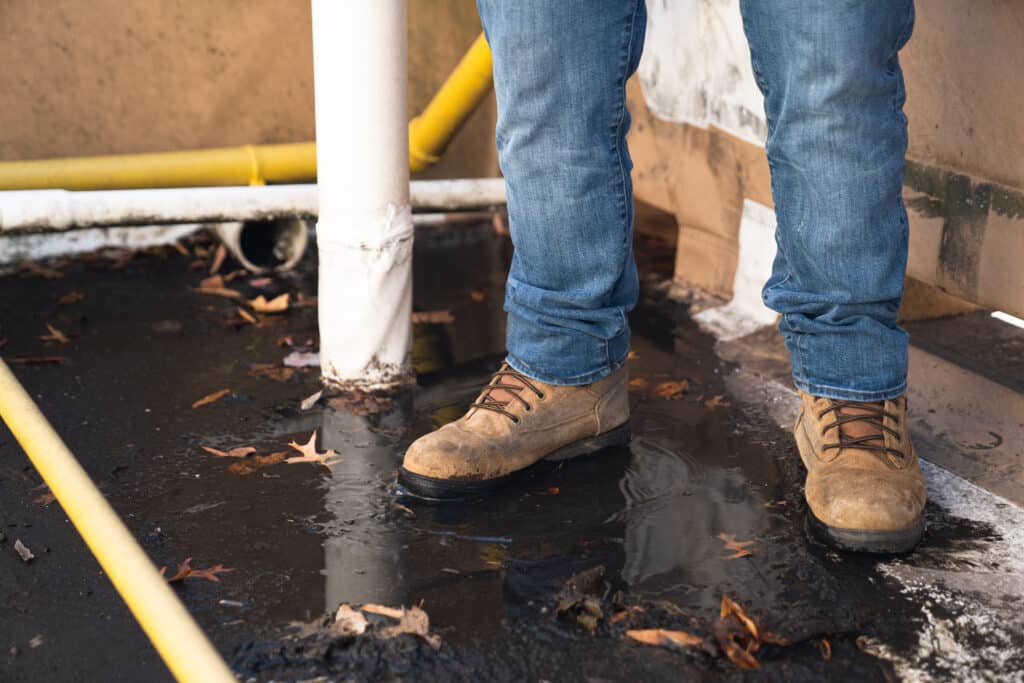Best Practices: The 3 Pillars of Roof Work Safety


Safety practices are important in all industries, but especially so in the roofing business as it naturally requires workers to scale heights and complete tasks well above ground, sometimes on uncompleted surfaces.
According to the Campaign to Prevent Falls in Construction, a joint effort by government and labor leaders in the United States, more than 200 construction workers are killed and more than 10,000 are seriously injured by falls across the country every year. But these accidents are preventable and there’s a growing effort in the roofing industry to educate both employers and employees of the importance of work safety.
The United States’ Occupational Safety and Health Administration (OSHA) recently launched a falls prevention campaign based on three pillars: Plan, Provide and Train.
Plan
The organization stresses it’s important for employers to plan ahead of time to determine how the job will be done, what tasks will be involved and what safety equipment will be provided. It’s important for employees to include safety equipment costs, when putting together a budget for the project. We implement this through site specific safety plans that we provide our crews for every project. This will also be coordinated with the other people onsite through our Safety Director and onsite safety personnel.
Provide
OSHA also stresses that if workers will be any higher than six feet above ground they are at risk of hurting themselves in a fall. They therefore must be provided with proper safety equipment, whether it’s different types of ladders, scaffolds or harnesses. Our superintendents and safety director work to make sure that we are providing the right equipment for the situations found on each project.
Train
The workers must also be trained on how to use that equipment to maximize its effectiveness. Employers must train workers in hazard recognition and how to safely use ladders, scaffolds and other fall protection systems. We ensure that all our crews are trained to use multiple types of fall protection equipment and that they understand that their safety is the most important part of the project, even more important than following all the rules.
The United States Department of Labor also offers guidelines for those in the roofing industry. Among its messages are to constantly asses the roof for hazards and keep the lines of lines of communication open with coworkers regarding any hazards. It also reminds workers that when a hazard is observed, it should be eliminated or reduced as soon as possible. In other words, the worker who finds it first should not depend on others to do it for them. There is no “that’s not my job” when it comes to safety.
There is a seemingly endless amount of material on safety training for the construction industry, published online and available at no cost. Today, no employer can be excused for not being training workers and staying current on safety practices.
LIKE WHAT YOU JUST READ?
Sign up for our newsletter to get fresh articles, updates and more!
Redefining Our Core Values
Recently, over the course of several months, we spent countless hours evaluating, confirming, and sharpening what we hold dear: Mid-South’s core values.
Signs of Winter Roof Damage on a Commercial Flat Roof
Winter weather can be tough on a commercial flat roof. Heavy snowfall, ice buildup, and extreme temperatures can all lead to roof damage. Snow accumulation could cause roof damage and leaks. Ice infiltration into seams and flashing will cause failure over time. If you see ice forming on your roof, the use of deicing cables…


